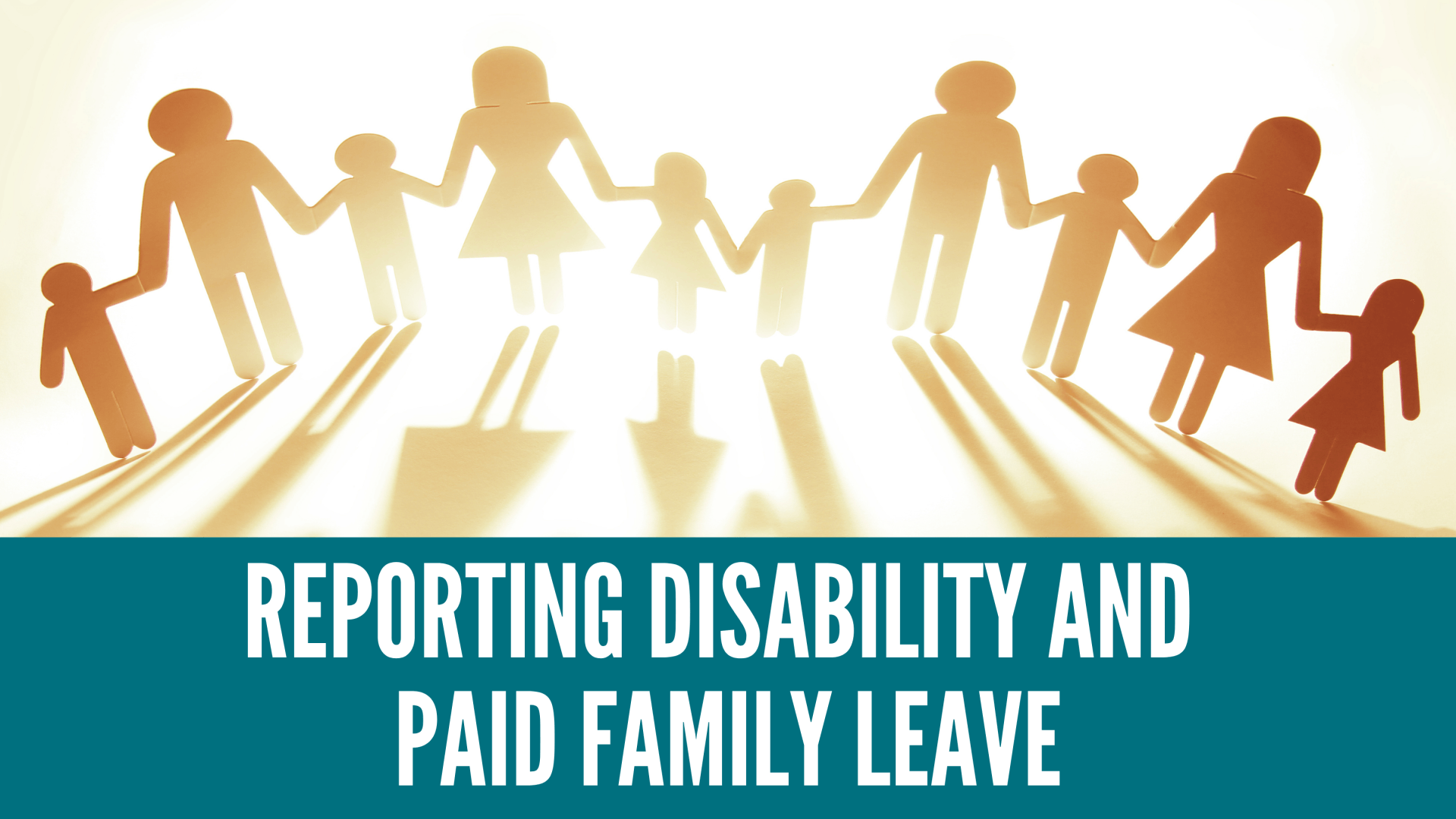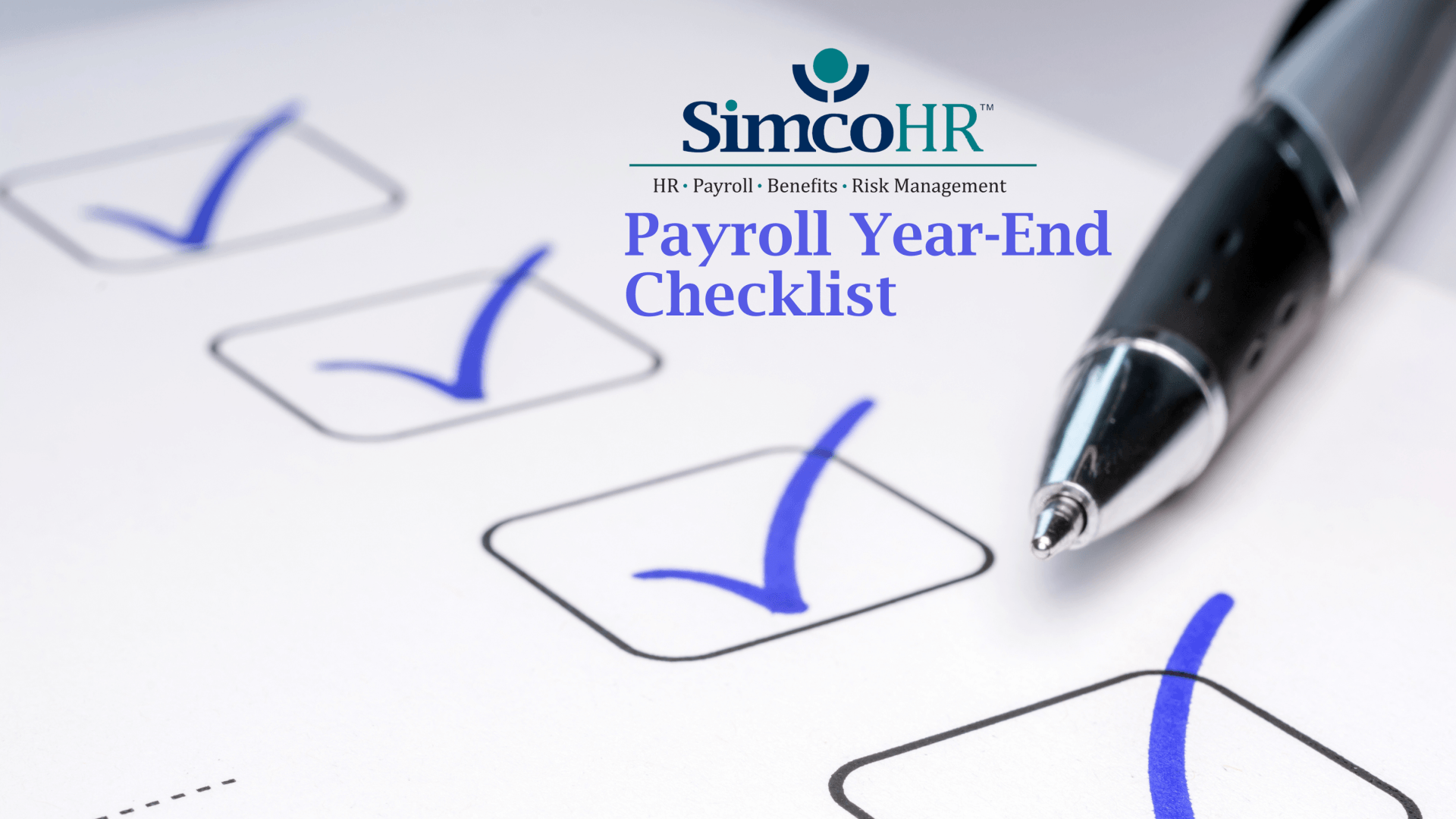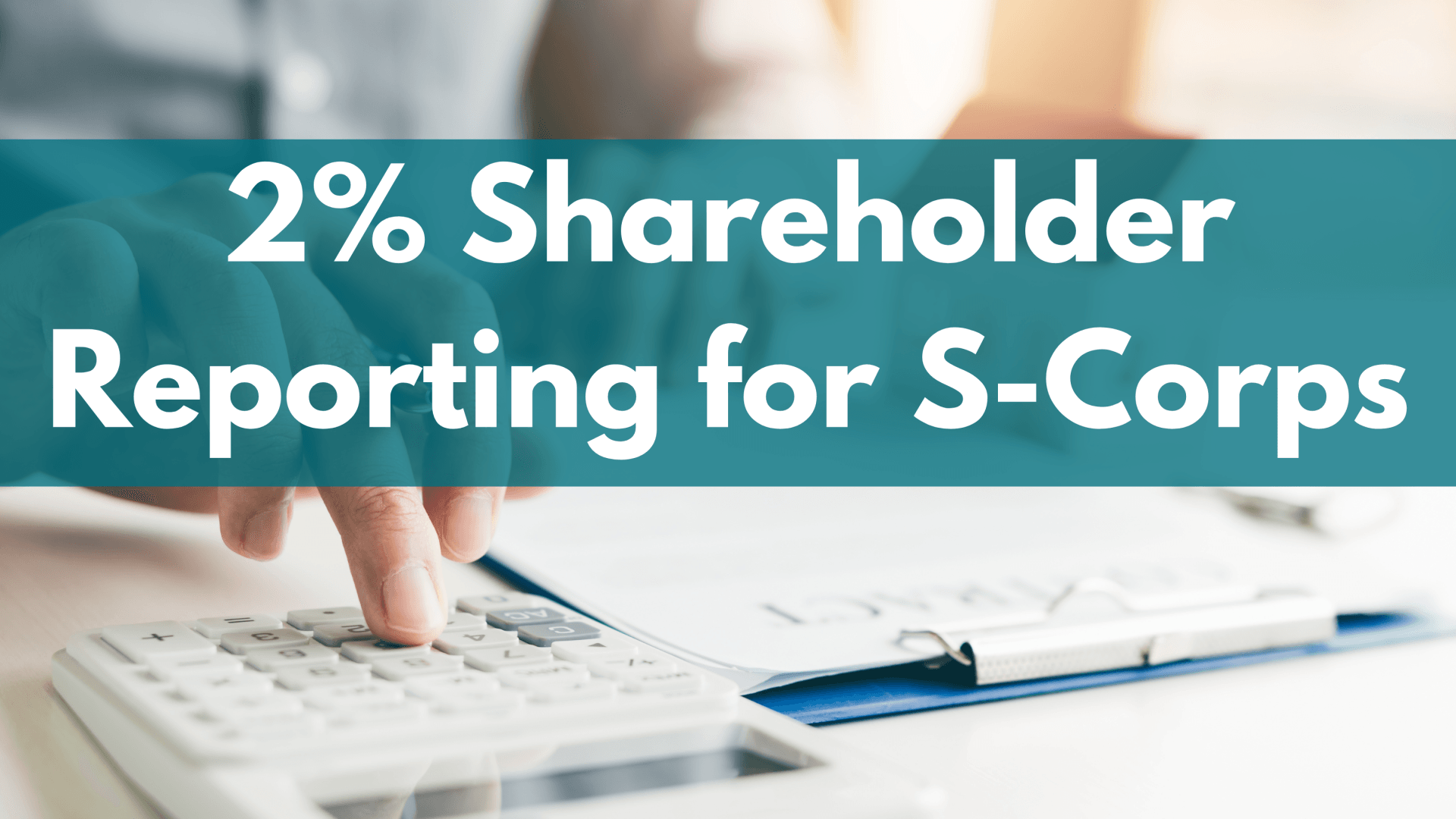Simco Blog

11 Sep, 2023
In today's rapidly evolving business landscape, an organization's most valuable asset isn't necessarily its cutting-edge technology or its impressive list of clients. Instead, it's the people who make up the workforce. Human Capital Management (HCM) is the strategic approach that recognizes and harnesses this vital resource, ensuring that businesses can thrive in a competitive world. What is Human Capital Management (HCM)? Human Capital Management (HCM) is a holistic and strategic approach to managing an organization's workforce. It encompasses a wide range of practices and processes designed to attract, develop, motivate, and retain employees, ultimately driving business success. HCM is not just about the administrative aspects of personnel management, like payroll and benefits administration. It focuses on optimizing the value that employees bring to the organization through their skills, knowledge, and abilities, with technology acting as a crucial enabler. Key Components of HCM Talent Acquisition: HCM begins with attracting and hiring the right talent for the organization. This involves creating effective recruitment strategies, conducting thorough interviews, and evaluating candidates' fit within the company culture. Onboarding and Training: Once hired, employees need proper onboarding and training to be productive. HCM includes developing comprehensive training programs that align with the organization's goals and help employees reach their potential. Performance Management: Effective performance management involves setting clear expectations, providing regular feedback, and conducting performance evaluations. HCM systems often include tools for tracking employee performance and setting goals. Career Development: Organizations that invest in their employees' career growth tend to have more engaged and motivated teams. HCM includes creating pathways for employees to develop new skills and advance within the company. Compensation and Benefits: Fair and competitive compensation packages are essential for attracting and retaining top talent. HCM involves designing compensation and benefits packages that reflect market trends and employee contributions. Workforce Analytics: Data-driven decision-making is a fundamental aspect of HCM. Analyzing workforce data helps organizations identify trends, predict future needs, and make informed decisions about resource allocation. The Benefits of HCM Implementing effective Human Capital Management can bring numerous advantages to organizations, including: Improved Productivity: When employees are well-trained, motivated, and equipped with the right tools, productivity increases. Enhanced Employee Satisfaction: HCM practices that focus on employee development and well-being contribute to higher job satisfaction and lower turnover rates. Cost Reduction: Efficient HCM can reduce recruitment costs by retaining top talent and avoiding frequent turnover. Strategic Alignment: HCM helps align workforce strategies with overall business goals, ensuring that human resources are used strategically. Compliance: HCM systems often incorporate tools for tracking and complying with labor laws and regulations. Advantages of HCM Enhanced by Technology Adopting technology-driven Human Capital Management can offer numerous benefits to organizations, which include: Enhanced Efficiency: Technology streamlines various administrative tasks, reducing the need for manual work and mitigating the risk of errors. Informed Decision-Making: Workforce data analytics provides valuable insights, empowering organizations to make informed decisions and align their HR strategies with their business objectives. Increased Employee Engagement: Technology facilitates continuous feedback, personalization, and supports career development, leading to higher levels of employee satisfaction and improved retention rates. Ensured Compliance: HCM software automates compliance-related tasks, helping organizations adhere to labor laws and regulations effectively. Human Capital Management (HCM) represents a fundamental shift in how organizations view and manage their employees. It recognizes that people are the most critical asset in achieving business success. By investing in talent acquisition, development, and retention, organizations can optimize their workforce's potential, improve productivity, and gain a competitive edge in today's fast-paced business environment. As technology continues to evolve, HCM will play an increasingly vital role in shaping the future of work.

25 Oct, 2022
The current federal minimum wage rate is $7.25 per hour. However, several states have adopted minimum wage rates higher than the federal rate. When both the state rate and the federal rate apply, employers must pay their employees the higher rate. The following states have announced new minimum wage rates for 2023:

28 Sep, 2022
According to HR services provider ADP, salaries have been rising rapidly, nearly on par with inflation. Year-over-year pay raises increased by 7.6% leading up to August 2022, compared to an average of around 2% in early 2021. While pay has increased overall, its growth has flattened since April.

28 Sep, 2022
At the start of 2022, the DOL announced an initiative to hire 100 additional WHD investigators, signaling a potential increase in enforcement in 2022 and beyond. This initiative means now is the time for employers to review their wage and hour practices to ensure compliance with all relevant laws. This article contains case studies that explore the most recent, real-world examples of employers found to be in violation of wage and hour laws. The case studies include snapshots of violations and general guidance on how employers can prevent similar issues. Employers can examine these case studies to learn from the mistakes of others in comparable industries and avoid costly consequences.

25 Feb, 2022
Federal laws, such as the Federal Insurance Contribution Act, the Fair Labor Standards Act (FLSA), the Equal Pay Act and the Civil Rights Act, impose recordkeeping duties on employers. Recordkeeping duties include creating, updating and preserving information.
State law also imposes several recordkeeping requirements on employers. These laws operate in addition to, or in conjunction with, federal requirements. This Employment Law Summary provides an overview of various New York recordkeeping requirements that generally apply to all employers in the state. Additional requirements may apply for employers in certain industries.

By Payroll Vertical
•
23 Nov, 2021
When determining whether someone should be considered an employee or an independent contractor (W-2 versus 1099), it is very important to make sure they are classified properly, which may require you to consult your CPA or tax consultant. There are fines and penalties associated with having a person mis-classified. The IRS can assess a fine up to $280.00 dollars per misclassification or $3.3 million dollars for an annual cap if there are several employees misclassified. That does not include any additional employment taxes the employer may owe for mis-classified wages, plus penalty and interest that is due on those taxes. Therefore, it is very important to have the employees classified correctly.
There are several sets of criteria used in general; and the criteria is somewhat vague in determining if someone should be considered a 1099 or a W-2 employee. Here’s some general criteria that can help in determining how a person is classified and how they are paid.

By Greg Stabley, Senior Payroll Specialist, SimcoHR
•
26 Oct, 2021
As we approach year end, it is time to make sure you are prepared to report any short-term disability (also known as Third Party Sick Pay or 3PSP) and paid family leave benefits received by employees during the year. To be able to do this properly, there are many aspects that need to be understood, which will be covered in this article.

By Greg Stabley, Senior Payroll Specialist, SimcoHR
•
24 Sep, 2021
As we enter the fourth quarter, now is a good time to start preparing for your payroll year-end. Here is a list of many things you can do to help prepare yourself but is by no means a comprehensive list of all steps that should be taken. Get the Payroll Year-End Checklist here.

By Greg Stabley, Senior Payroll Specialist, SimcoHR
•
25 Aug, 2021
Are you tired of passing out paystubs? You are not alone. More and more businesses are switching over to paperless payroll, and for good reasons! Paperless payroll solutions are being sought after by management. “Too many times, I have received notification that a delivery company is not going to be able to deliver a payroll package as scheduled due to a storm that has impacted a flight or mechanical issues. This creates a huge hassle for the employer and employee. Either the employee has to wait until the check arrives, or the employer has to write a replacement check (including issuing a stop payment on the original check) which is just added cost and time,” says Greg Stabley, Senior Payroll Specialist for SimcoHR. But before you make the switch, here are some things that employers should know.

By Greg Stabley, Senior Payroll Specialist, SimcoHR
•
26 Jul, 2021
Each time your employee receives their paycheck, they see a whole lot of money deducted from their gross pay. Their pay stubs show the deductions from things like taxes, health insurance and perhaps more. Group term life insurance (GTL) is one of those items they may discover on their paystub if it is part of your employee benefits package. This employee benefit may be extended to employees’ spouse and dependents. Even though you, as the employer, may pay the insurance premiums on GTL or pass it along to the employee, the employee may owe the taxes on it depending on the amount of coverage that is given. GTL may be taxable or tax-free, but either way is an inexpensive way for your employee to be offered coverage they need.

By Elisha Everson
•
24 Jun, 2021
Can An Employer Require an Employee to Show Their Social Security Card? Did you know that you cannot ask your employees to use their Social Security Card for I-9 purposes? However, you can ask them to present their Social Security Card for payroll reasons. According to the IRS, “You are required to get each employee's name and Social Security number (SSN) and to enter them on Form W-2. (This requirement also applies to resident and nonresident alien employees.)”
Our Services.
From the Blog.

30 Apr, 2024
On April 23, 2024, the U.S. Department of Labor (DOL) announced a final rule to amend current requirements employees in white-collar occupations must satisfy to qualify for an overtime exemption under the Fair Labor Standards Act (FLSA). The final rule will take effect on July 1, 2024. Increased Salary Level The FLSA white-collar exemptions apply to individuals in executive, administrative, professional, and some outside sales and computer-related occupations. Some highly compensated employees may also qualify for the FLSA white-collar overtime exemption. To qualify for this exemption, white-collar employees must satisfy the standard salary level test, among other criteria. This salary level is a wage threshold that white-collar employees must receive to qualify for the exemption. Starting July 1, 2024, the DOL’s final rule increases the standard salary level from: $684 to $844 per week ($35,568 to $43,888 per year); and $107,432 to $132,964 per year for highly compensated employees. On Jan. 1, 2025, the standard salary level will then increase from: $844 to $1,128 per week ($43,888 to $58,656 per year); and $132,964 to $151,164 per year for highly compensated employees. Automatic Updates The DOL’s final rule also includes mechanisms allowing the agency to automatically update the white-collar salary level thresholds without having to rely on the rulemaking process. Effective July 1, 2027, and every three years thereafter, the DOL will increase the standard salary level. The agency will apply up-to-date wage data to determine new salary levels. Impact on Employers The first salary level increase in July is expected to impact nearly 1 million workers, while the second increase in January is expected to affect approximately 3 million workers. Employers should become familiar with the final rule and evaluate what changes they may need to adopt to comply with the rule’s requirements. Legal challenges to the rule are anticipated, which may delay the final rule’s implementation.

29 Apr, 2024
The recently enacted New York budget for fiscal year 2024-25 includes provisions mandating paid prenatal leave for the state’s workers, beginning Jan. 1, 2025, and repealing the New York COVID-19 sick leave law, effective July 31, 2025. Paid Prenatal Personal Leave The budget amends the state sick leave law by adding what is being touted as a first-in-the-nation requirement that all employers provide their employees with 20 hours of paid prenatal personal leave per 52-week period, starting Jan. 1, 2025. The amendment does not require employees to accrue the new leave, nor does it impose a waiting period before employees may use the leave; the full 20 hours must be made available on Jan. 1, 2025. Employees on leave must be paid their regular rate of pay or minimum wage if the applicable minimum wage is higher; however, employers are not required to pay out unused prenatal personal leave when an employee separates from employment. Permitted Uses of Prenatal Personal Leave Prenatal personal leave may be taken for health care services received by an employee during their pregnancy or related to the pregnancy, including physical examinations, medical procedures, monitoring and testing, and discussions with a health care provider related to the pregnancy. The new provisions do not require advance notification or documentation after the fact for using leave. Interaction With Paid Sick Leave and FMLA Leave The new requirement is in addition to the annual sick leave the law already mandates, which ranges from 40-56 hours and may be paid or unpaid, depending on the employer’s size and income. The amendment does not indicate that the leave runs concurrently with any federal Family and Medical Leave Act (FMLA) leave taken for prenatal care, meaning the state prenatal personal leave would be in addition to any FMLA leave taken for this purpose. Sunset Date for COVID-19 Leave The budget also establishes July 31, 2025, as the expiration date for New York’s COVID-19 employee sick leave law . The law took effect at the beginning of the COVID-19 pandemic, on March 18, 2020, and requires leave of up to 14 days, depending on the size and income of the employer. As with the regular sick leave law, whether leave must be paid also depends on the size and income of the employer. The sunsetting of the law comes in the wake of expired states of emergency and changed recommendations for isolation and quarantine. Steps for Employers New York employers should prepare for the start of paid prenatal personal leave in January 2025 and watch for any agency regulations and guidance implementing the new leave entitlement. Employers should also train managers and supervisors about the new requirements and make sure employee policies and handbooks are up to date. Employers should continue to allow COVID-19 sick leave when it applies and keep in mind that other leave requirements, such as paid sick leave, may allow employees to take time off from work for illness, including COVID-19.
Our Company.
Sign up for our Newsletter.
Designed and Developed by Vessel Digital Marketing







